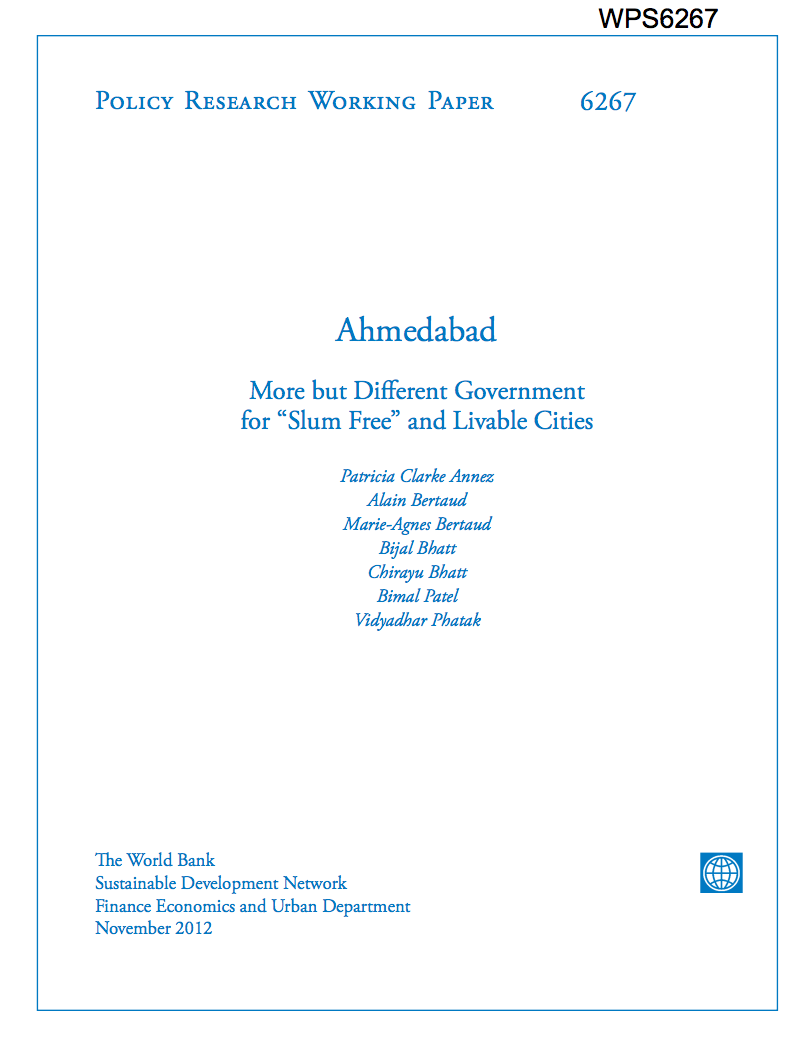Women's Economic Empowerment in Latin America and the Caribbean : Policy Lessons from the World Bank Gender Action Plan
Group s gender action plan (GAP) trust
fund has financed a series of programs to promote gender
equality by empowering women to compete in key markets:
land, labor, agriculture, finance and the private sector.
Work and family: Latin American and the Caribbean women in
search of a new balance offer new analysis of how household
decision-making and allocation of resources affects female
labor market outcomes in the region. This project summarizes


